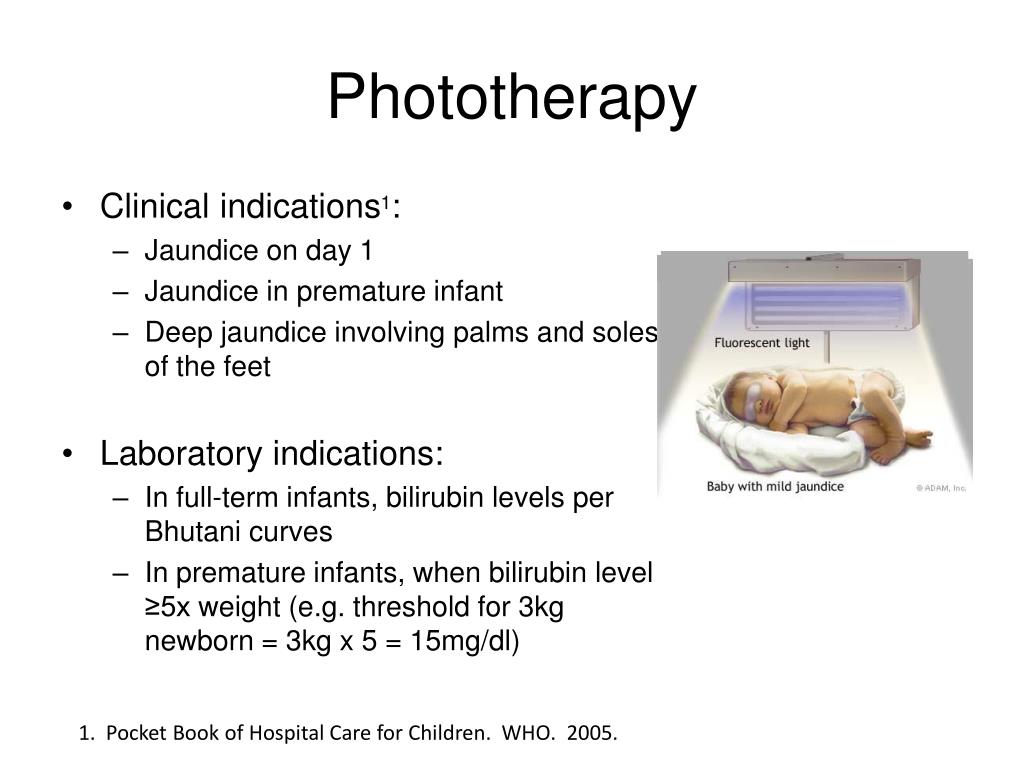

It manufactures proteins such as albumin, prothrombin, fibrinogen, transferrin, and glycoprotein from amino acids. It deaminizes amino acids into ammonia, which is then converted into urea. It also stores glucose in the form of glycogen, or converts it into fatty acids. It is the first to receive blood from the intestines through the portal vein. The liver performs many essential functions. Her blood work later returned positive for hepatitis A. On further questioning, it is discovered she ate at a restaurant one month ago where a worker was found to have hepatitis A. In light of her presentation, additional blood work is sent for anti-HAV IgM, HBsAg, anti-HBc, and HCV. Prothrombin time is 14.0 seconds (prolonged). AST 500, ALT 550, alkaline phosphatase 500, GGT 50, total bilirubin 13.5 (direct fraction 5.0). Electrolytes, BUN, and creatinine normal. Laboratory data: Normal CBC and reticulocyte count. The rest of her examination, including cardiac, pulmonary, and neurological systems, is normal. Her liver edge is palpable 5 cm below the right costal margin, and is moderately tender.
POSITIVE SCLERAL ICTERUS SKIN
Her skin is jaundiced and there is scleral icterus. She appears tired and ill-appearing, but is cooperative with her examination. She has had a 2.3 kg (5 pound) weight loss since her last visit 6 months ago. Her parents had refused her childhood vaccines.Įxam: VS T 38.4, P 85, RR 16, BP 100/70. She is not taking any medications other than ibuprofen for her fever. She is not sexually active and denies drug or alcohol use. She denies any coughing, upper respiratory symptoms, diarrhea, and dysuria. Her urine color is darker than normal, although she has not been drinking much fluid. She had two non-bloody, non-bilious episodes of emesis in the last two days and also has abdominal pain on her right side below the ribs, which has been getting worse. Her fever has been between 101 and 102 degrees, and occurs every day.

POSITIVE SCLERAL ICTERUS UPDATE
This current third edition chapter is a revision and update of the original author's work.Ī 14 year old female patient comes to your office with a chief complaint of nausea, poor appetite, and fever for one week. The editors and current author would like to thank and acknowledge the significant contribution of the previous author of this chapter from the 2004 first edition, Dr.


 0 kommentar(er)
0 kommentar(er)
